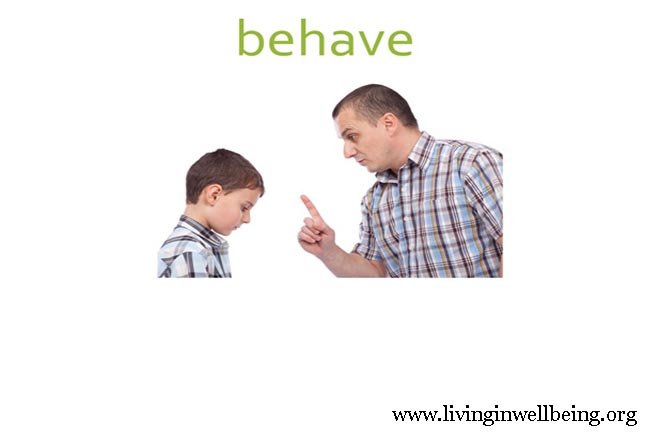
Behavior charts are a behavior modification tool. On the one hand, they are used to help children accomplish certain specified tasks that they are supposed to perform on a schedule. On the other hand, they help instill a general sense of duty and meeting obligations to the family. In addition, they help instill patterns of desirable behavior.
There are different kinds of behavior charts, and behavior contracts. A behavior chart can, for example, target the elimination of an undesirable behavior, like nail biting. It can foster the development of a desired behavior, like piano practicing or brushing one's teeth. Chore charts are a type of behavior chart: they seek to create patterns of behavior that contribute to the running of the household.
Chore Charts
What child, growing up always does his or her chores? It would be unreasonable to expect a child to always be good and do everything parents expect and hope for. Failure to perform one's chores can happen for many reasons. A child may forget an obligation, be tempted by a pleasanter task, or purposely seek to avoid certain tasks.
Chore charts can help in several ways. First, they can provide a clear outline of the child's duties. This helps clarify the situation for both parents and children. When the tasks are written down, parents can more clearly see whether the demands they are placing on the child are appropriate and more easily tell if there are too many tasks. Children have a built-in reminder of what needs to be done that they can check if they forget.
If chores are primarily done on a particular day, then the chore chart may simply be a short reminder list: Do homework; set the table; feed the dog. If there are chores to be done every day and some days are different than others, then the lists can be placed on a little table showing the proper day of the week, or on the family calendar.
Depending on where the chart is placed, the chore chart can even help prevent the child get involved in another task or project. If, for example, the chart is attached to the refrigerator, the child will have a hard time avoiding it when getting his or her afterschool snack.
The chart may save arguments, too. For example, the chart can quickly resolve discussions of whose turn it is to walk the dog without the dog walkers having to rely on their memories of the previous day's activities or whose turn it is to take out the garbage without having to remember back to last week.
Chore charts can be used simply to remind children about what they should do or to reward them for diligence and success. Simple rewards include being able to check off tasks when they are accomplished or receive a gold star. Chores can also be tied to allowance, or stars can be accumulated for designated rewards: fishing with Grandpa; frozen yogurt cones from the ice cream truck; a family trip to the zoo; or whatever is appropriate for the child and the family.
If you are not sure whether behavior charts are a good tool to use with your particular child or children, please contact a local professional, such as your child's pediatrician, for advice.












